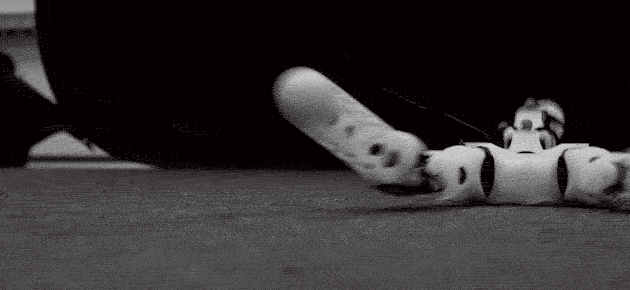Researchers force 3D-printed robots to adapt to their environment

Robots will need to pave the way to Mars before we humans go, but what if they fall apart? Researchers from the University of Oslo have designed bots that can adapt to unforeseen problems and even 3D-print new parts for themselves. For instance, the crawler shown above actually used to have four legs, but it figured out how to propel itself on three when one limb snapped off. Another class of robot would be completely self-designed and self-healing -- the scientists just need to tell it "what we would like it to do, how fast it should walk, its size and energy consumption." An autonomous computer could then consider thousands of options, and 3D-print parts to create a new model.
So far, the scientists have created increasingly more complex robots using a high-end 3D printer. The biggest challenge is that the simulated capabilities haven't lived up to what the robot can actually do in the real world. As a result, they've modified the 'bots to test their own simulated capabilities versus what they can actually do in real life. For instance, the team said that a robot in a dangerous nuclear facility that encounters an obstacle could analyze it, then design and 3D-print a new part to surmount it. There's still a long ways to go, but such adaptations will be crucial for robots to be completely autonomous in space.
